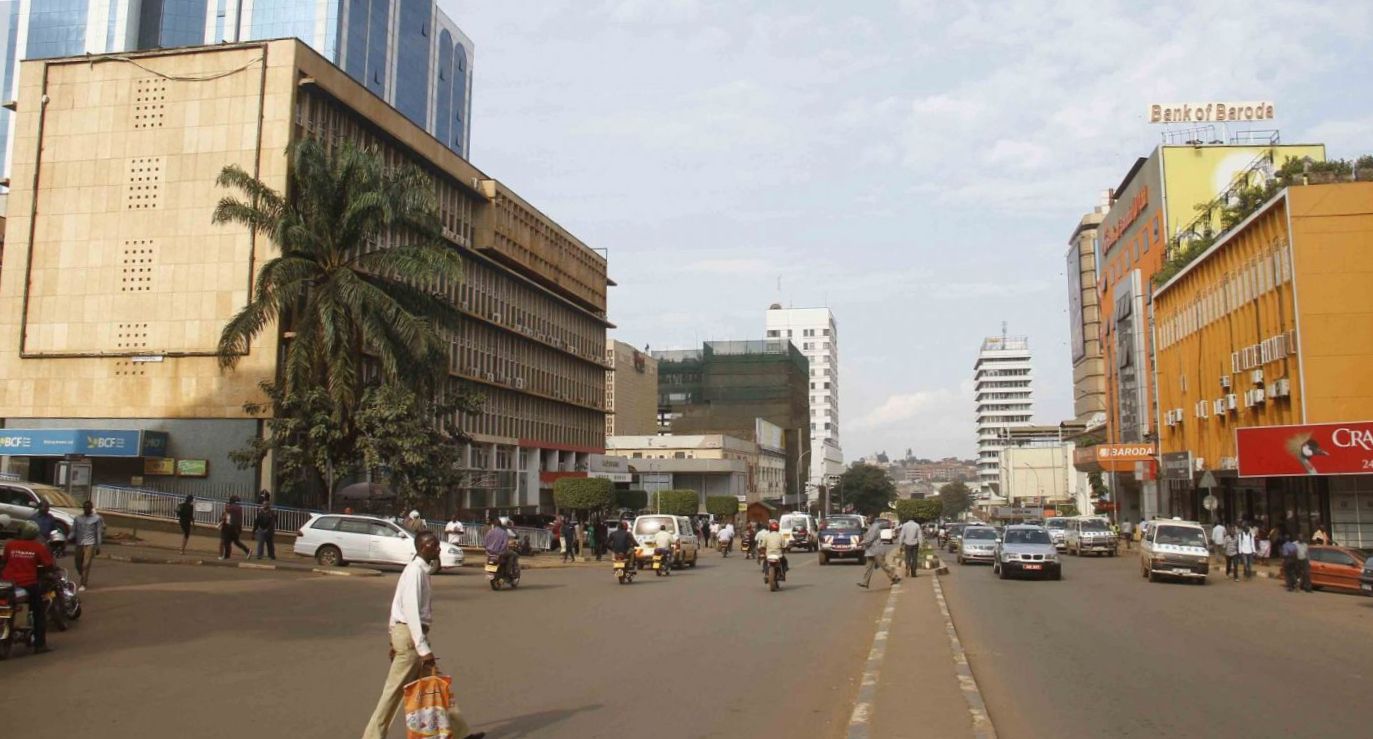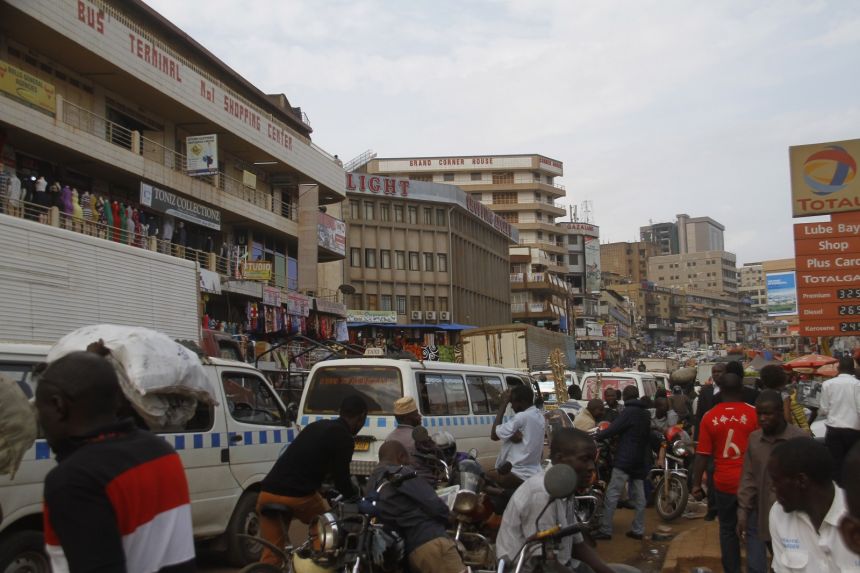
This article appeared on NEXT CITY July 26, 2016 titled How One African City Is Flipping the Script on Urban Development
From Wall Street to the World Bank, people are looking at Kampala as a model for how cities can finance their futures, writes Liam Taylor
Joseph Aliguma is perched on the bull bars of a minibus, listing his expenses. Every day he drives his 14-seater “taxi” between Kibale, in western Uganda, and the capital Kampala, rising as early as four and sometimes not resting until 11 at night. There are loading fees, he says. Add to that insurance, petrol, engine oil, filters. And then there is the fee — 120,000 shillings ($36 U.S.) a month — that he must pay to the city authority. It’s too high, he thinks, but ordinary people like him have no power to change things. “It’s not our country, so we have to pay.”
Kampala is a city in upheaval, and Joseph’s resignation is one sign of change. It is five years since the creation of the Kampala Capital City Authority (KCCA), a new executive body charged with improving services in the city. One of its first priorities was to overhaul tax collection. Revenues have soared from Sh30 billion ($9 million U.S.) in 2010/11 to Sh81 billion ($24 million U.S.) last year, a rise of 89 percent after inflation.
“It’s a significant achievement,” says Roland White, global lead for city management, governance and financing at the World Bank. “I’m just not aware of any other big African city which has done what Kampala has done in proportional terms.”
He is not alone in his enthusiasm. The World Bank is pouring money into the city for road and drainage projects. KCCA officials are regular speakers at international conferences. Last year Global Credit Ratings, a South African agency, gave Kampala an “A” rating for its long-term debt, which could pave the way for a municipal bond issue. There is some way to go yet, but if a bond materializes it would be a first for Uganda, and a rare sight in Africa more generally: a symbol that Kampala has got its finances in order and is open for investment.
But for all the plaudits, much of that extra revenue has been squeezed from people like Joseph — taxi drivers and small businesses, who are struggling to get by. Many Kampalans feel disempowered by reform. The KCCA’s powerful executive director is appointed directly by the president, and overseen by a Minister for Kampala in cabinet. While the authority’s technocratic vim excites international experts, it alienates the locals. “The KCCA doesn’t listen,” says Naswif Kiggundu, a trader. “They do each and every thing from the top.”
If this is a local story, it carries lessons for a continent. African cities will triple in size by 2050. Greater connectivity and economies of scale could unleash a “miracle of productivity,” in the words of Paul Collier, a development economist. For that to happen, all those extra people will need places to live and ways to get around. The World Bank puts sub-Saharan Africa’s infrastructure needs at $93 billion U.S. a year, much of it in cities. Services, too, will need funding. Africa is urbanizing at a lower level of income than other parts of the world. The money will have to come from somewhere.
“I’m just not aware of any other big African city which has done what Kampala has done in proportional terms.”

The obvious place is from cities themselves. “Local financial sources will be the future for urban development,” says Ananda Weliwita, an economist at UN-Habitat. “There’s no other choice.” Government negotiators and policy wonks from around the world are meeting this week in Surabaya, Indonesia, to polish the draft of a “New Urban Agenda”; the final declaration will be unveiled at the UN-Habitat III conference in Quito this October, shaping conversations for the next 20 years. Preliminary discussions envisage local finance as one three planks of change, alongside regulation and urban design.
Weliwita enthuses about the revenue-raising possibilities for cities. “In many cases they don’t even know that they have this potential,” he says. That potential must be realized in living cities, not in a conference hall. Kampala, with all its contentions and compromises, is as good a place as any to start.
A CULTURE OF RESISTANCE
Like Rome or San Francisco, Kampala was built on seven hills: a small colonial centre on one peak, with the palace of the Buganda king on another. Today, it slouches across 24, a low-rise sprawl that stretches to the shores of Lake Victoria. The resident population of 1.8 million swells to 4.5 million during the day, and is growing at 4 percent a year.
The city has an unruly reputation, bound up with its youthful demographics and strong local identity. “A culture of resistance has become part and parcel of what Kampala is,” says Nansozi Muwanga, head of politics at Makerere University. In the past the government starved the city of funds as retaliation for its stubbornly oppositionist leanings. The pre-reform city council, for its part, was notorious for crooked contracts and crumbling services: In one protest, grumpy residents pretended to catch fish from flooded potholes.
 The Independent Uganda: You get the Truth we Pay the Price
The Independent Uganda: You get the Truth we Pay the Price




Very interesting article.
Wow, beautifully crafted article